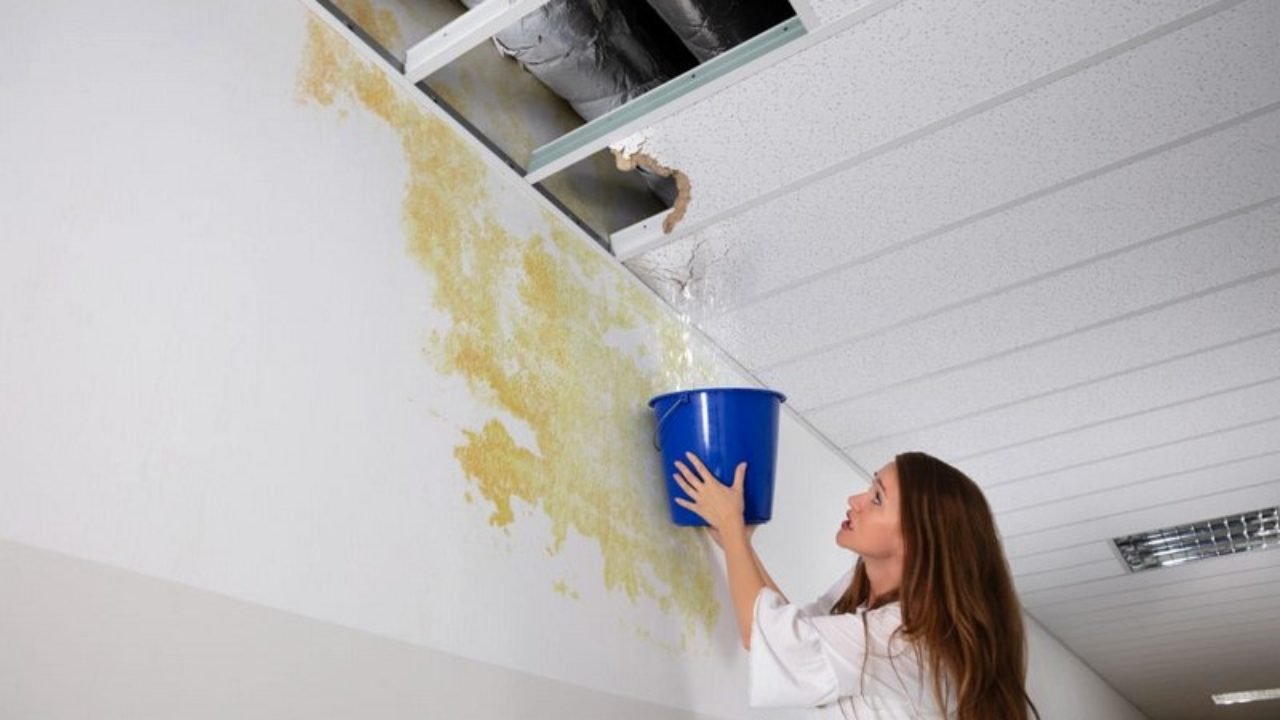How do you really feel about Common Water Leaks In House?

Leaks not only cause waste of water but can likewise create unnecessary damages to your residence as well as advertise undesirable organic development. By understanding and also looking for everyday situations that trigger leaks, you can protect your residence from future leaks and unnecessary damage.
Instant temperature changes.
Extreme temperature level adjustments in our pipes can create them to broaden and get suddenly. This development and tightening may trigger splits in the pipelines, particularly if the temperature level are below freezing. It would be best if you kept an eye on just how your plumbing works. The existence of the previously pointed out situations regularly suggests a high risk.
Corroded water supply
This may be the cause of discoloration or bending on your water pipes. If our plumbing system is old, think about replacing the pipes since they are at a greater threat of rust than the newer versions.
Faulty Pipeline Joints
Pipeline joints can wear away over time, resulting in water leaks. If you have noisy pipelines that make ticking or banging noises, particularly when the hot water is turned on, your pipeline joints are probably under a great deal of pressure.
Encroaching origins
Many water leaks begin outside the home rather than inside it. You may see damp spots or sinkholes in your yard, and also that may suggest that tree origins are invading water lines triggering water to leak out.
Poor Water Connectors
Sometimes, a leakage can be brought on by loosened tubes as well as pipelines that provide your appliances. Usually, shifting is what creates the loose water Connections. You could locate when it comes to a washing maker, a tube might spring a leak due to trembling throughout the spin cycle. In case of a water connections leak, you may see water running straight from the supply line or puddles around your appliances.
Clogged Drains
Blocked drains may be frustrating and inconveniencing, however they can sometimes wind up creating an overflow resulting in break pipes. Keep getting rid of any materials that might drop your drains that might block them to stay clear of such inconveniences.
All the above are root causes of leaks yet not all water leakages result from plumbing leaks; some leaks might come from roofing leakages. All leakages need to be repaired immediately to stay clear of water damage.
Leaks not only create waste of water but can additionally trigger unnecessary damage to your residence and advertise undesirable natural growth. By looking and recognizing for daily scenarios that trigger leaks, you can secure your home from future leakages and unnecessary damages. Today, we will look at 6 leakage causes that might be causing your pipes to trickle.
At times, a leak can be triggered by loosened hoses as well as pipelines that provide your appliances. In situation of a water links leakage, you might notice water running directly from the supply line or puddles around your home appliances.
How To Check For Water Leak In Your Home
How To Check for Leaks
The average household's leaks can account for nearly 10,000 gallons of water wasted every year and ten percent of homes have leaks that waste 90 gallons or more per day. Common types of leaks found in the home are worn toilet flappers, dripping faucets, and other leaking valves. These types of leaks are often easy to fix, requiring only a few tools and hardware that can pay for themselves in water savings. Fixing easily corrected household water leaks can save homeowners about 10 percent on their water bills.
To check for leaks in your home, you first need to determine whether you're wasting water and then identify the source of the leak. Here are some tips for finding leaks:
Take a look at your water usage during a colder month, such as January or February. If a family of four exceeds 12,000 gallons per month, there are serious leaks.
Check your water meter before and after a two-hour period when no water is being used. If the meter changes at all, you probably have a leak.
Identify toilet leaks by placing a drop of food coloring in the toilet tank. If any color shows up in the bowl after 10 minutes, you have a leak. (Be sure to flush immediately after the experiment to avoid staining the tank.)
Examine faucet gaskets and pipe fittings for any water on the outside of the pipe to check for surface leaks.
Undetected water leaks can happen without the home or business owner even realizing. If you suspect a water leak, but not able to find the source. It is time to contact a professional water leak detection service, The Leak Doctor.
How To Find a Water Leak In Your Home
https://www.leakdoctor.com/blog/How-To-Check-For-Water-Leak-In-Your-Home_AE197.html

Do you like reading up on Common Water Leaks In House? Leave a remark below. We will be interested to hear your feelings about this blog post. Hoping that you come back again in the future. Are you aware of somebody who is interested by the topic? Take a moment to promote it. Thanks for your time invested reading it.
Protect your space!